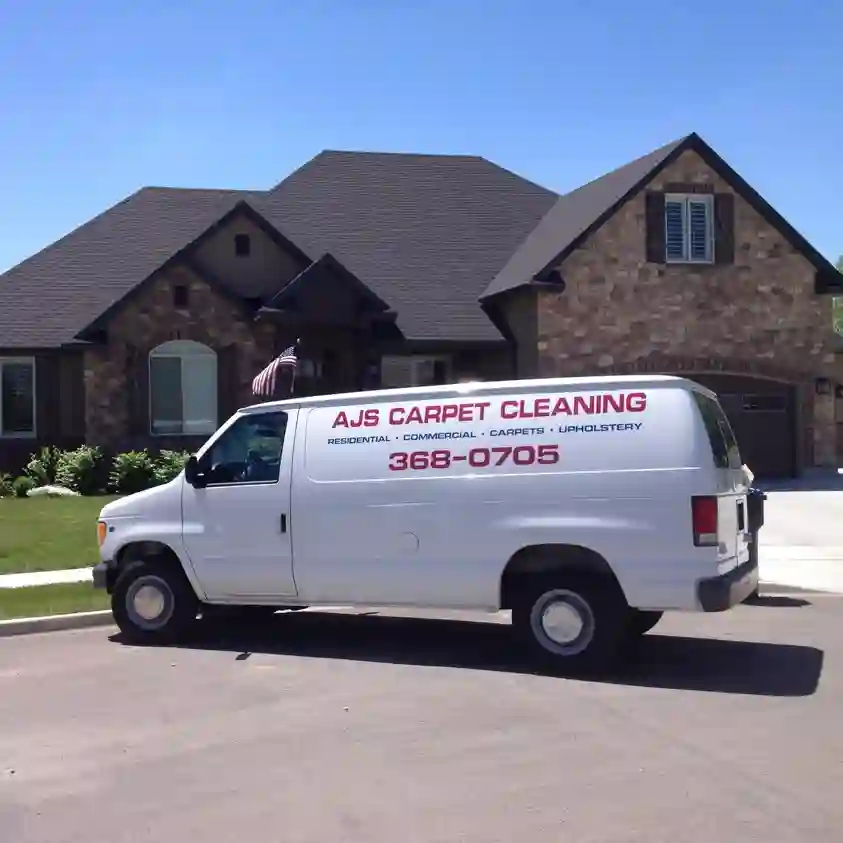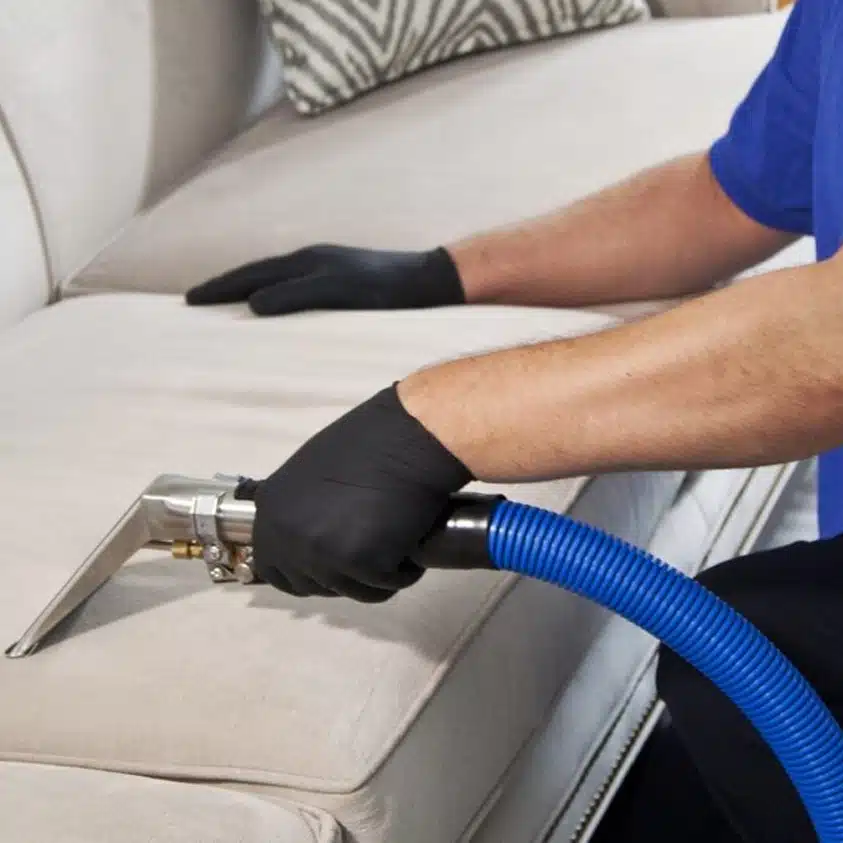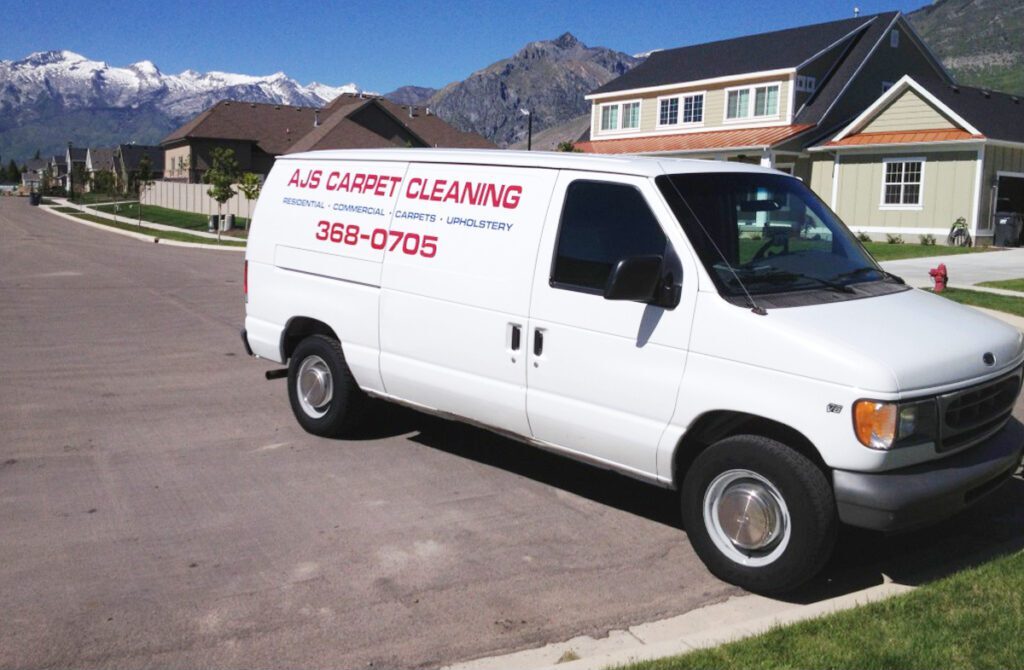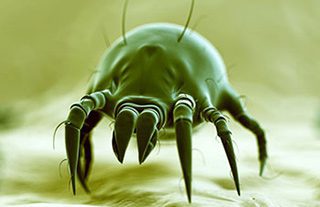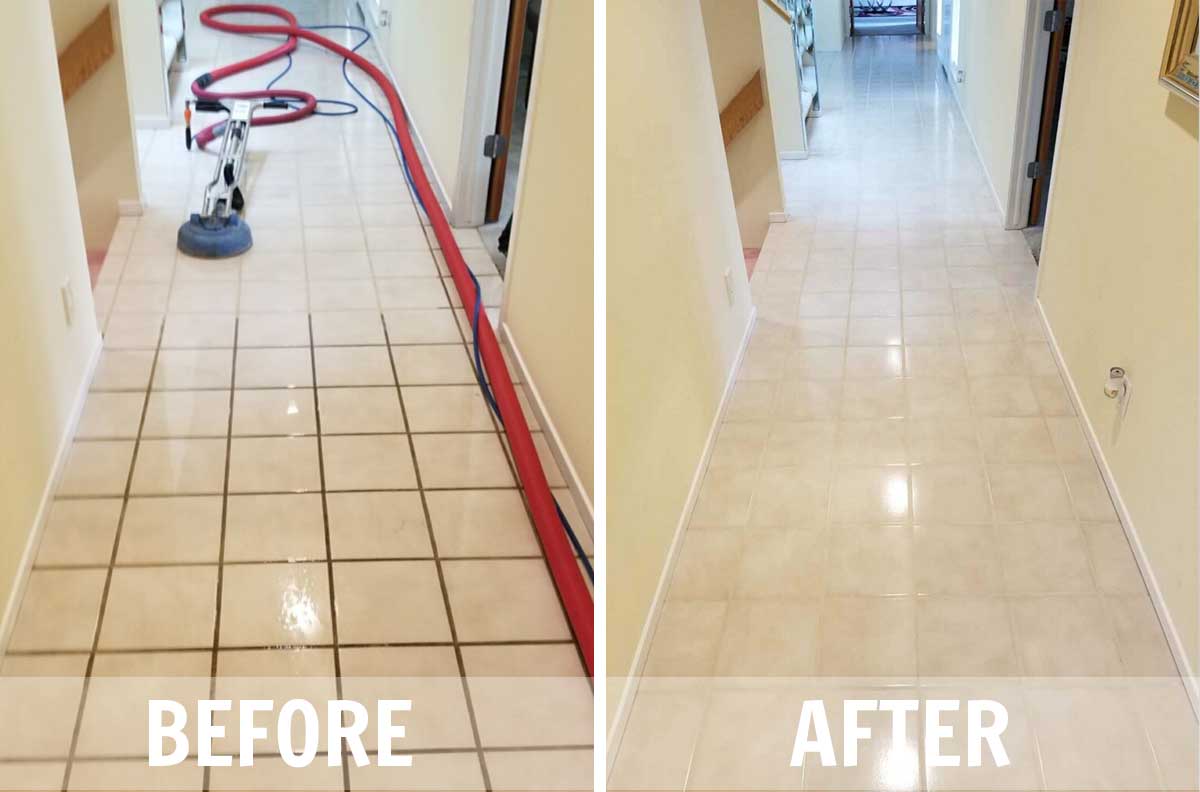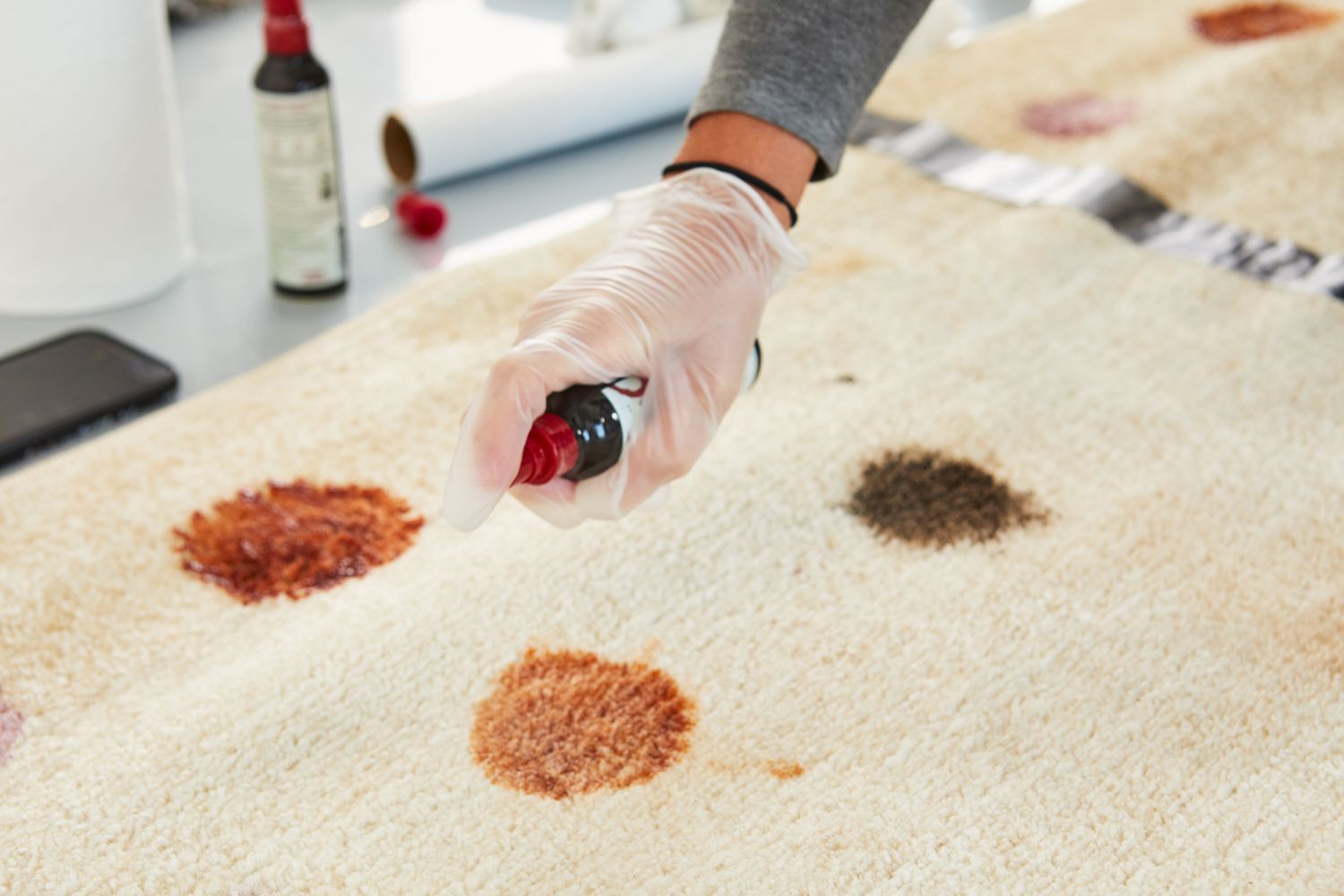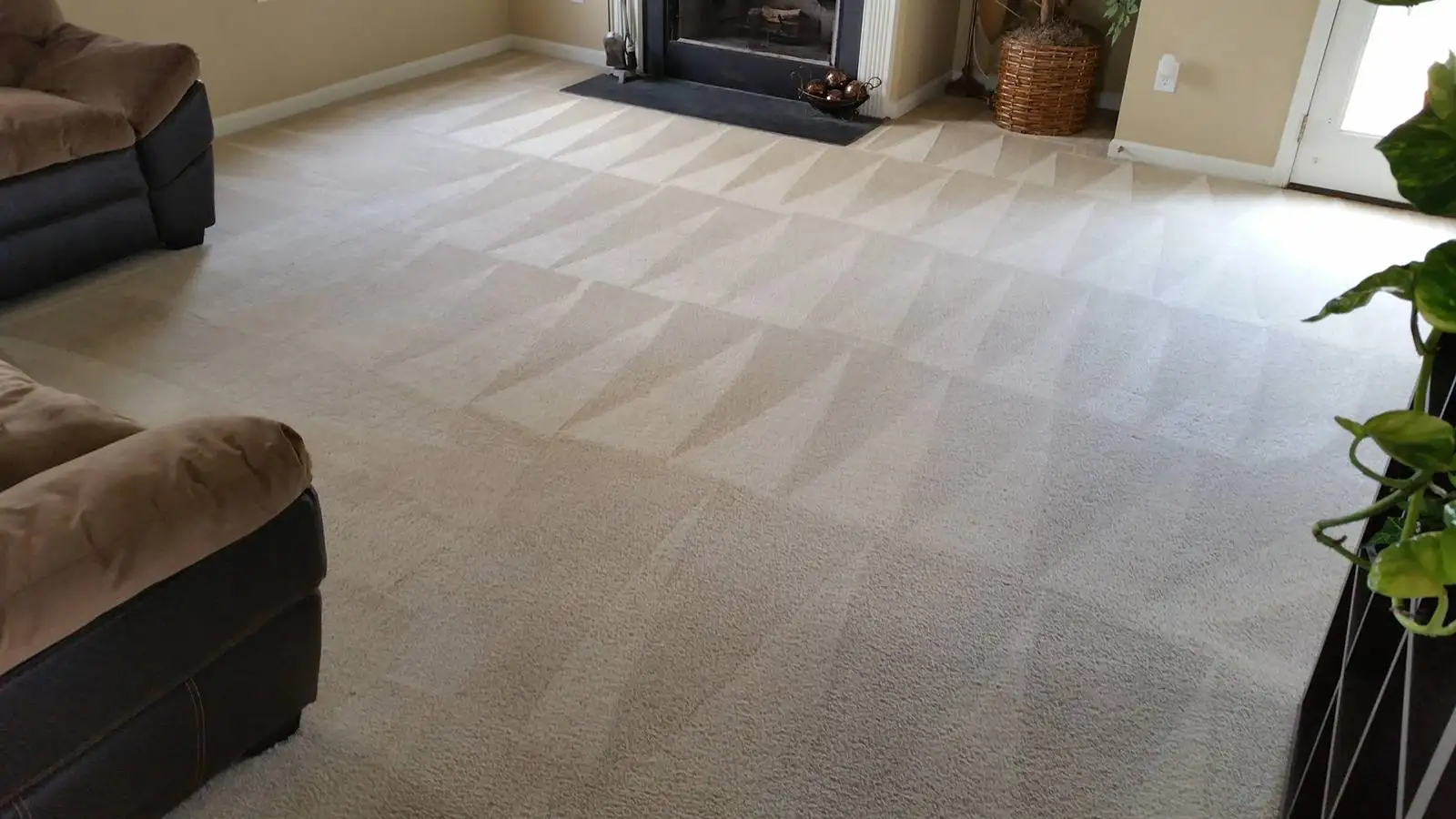If you live in Utah or a similar climate, you are well aware of all of the common allergens that make themselves known year-round in a desert climate. Usually, in Utah, allergy season starts in February and doesn’t go away until the first good frost. The standard advice for someone suffering from allergies is just to stay inside. But what happens when the allergens from the outside get trapped inside? The typical answers would be to:
- clean regularly and often
- control your pet’s dander
- change your furnace filter
- use a humidifier/dehumidifier
- wash your bedding
The items mentioned above are a good start, but one of the most important things is to find carpet cleaning in Santaquin Utah, carpet cleaning in Spanish Fork, carpet cleaning in Park City, and many of the surrounding areas.
What are Allergens?
Most people are familiar with what allergens are. The dictionary describes allergens as any substance causing an allergic reaction. There are different types of allergic reactions, such as:
- Hay Fever (allergic rhinitis)
- Eczema
- Hives
- Asthma
- Anaphylaxis
Symptoms range from mild to quite severe depending on sensitivity to the allergen, the person’s susceptibility to the allergen, and the length of exposure time to the allergen.
What is Indoor Air Quality?
Indoor air quality is, as it seems, the quality of the air inside your home, school, or office. There aren’t too many standards for what air quality should be. However, you should be comfortable and feel good while being able to breathe well. Many common allergens could be in your home and pose a severe detriment to your health.
Common Types of Allergens
Allergens are around us all the time. It can be particularly bad, as previously mentioned, in places like Utah, where the climate can be hot and very dry. Dirt, dust mites, mold, and dander from pets are responsible for many indoor allergic reactions and are a year-round problem. At the same time, pollen is a contributing factor to seasonal allergies. Both year-round and seasonal allergies are problematic and can be debilitating for someone who suffers from them.
So try to find out what allergens are high today.
Risks of Poor Air Quality
There are varying levels of risk to your health from poor indoor air quality – immediate risks to long-term risks. Therefore reducing contamination, and carpet cleaning in Santaquin, Utah, is so important.
Immediate Risks of Poor Indoor Air Quality
Immediate allergic reactions to indoor air pollutants happen after exposure to the allergens. These are the more commonly recognizable allergy symptoms such as:
- Irritated eyes
- Runny nose
- Sore throat
- Fatigue
- Dizziness
- Headache
These symptoms are usually easy to treat and have no long-term problems. Most of the time, if the cause of the allergen is eliminated and you are no longer exposed to it, the symptoms may go away without medical intervention. Repeated exposure to allergens can worsen the allergic reaction.
Long-Term Risks of Poor Indoor Air Quality
Exposure to poor indoor air quality can have lasting effects that could take years to surface and could be from limited or repeated exposure to the allergen. These lasting health problems include heart disease, respiratory disease, and in extreme cases, cancer. These are general health concerns from exposure. The level of risk to an individual depends on the level of exposure and sensitivity of an individual to the allergen.
Contributing Factors to Indoor Air Pollution
Indoor air pollution has many sources, like:
- Smoke
- Indoor construction
- Strong household cleaners
- Excess moisture in the air
- Outdoor pollution coming inside
You can’t avoid some of the factors mentioned, but steps can be taken to minimize the effect and the overall level of air pollution. Most of these problems can be solved by cleaning, and have carpet cleaning in Santaquin, Utah, carpet cleaning in Spanish Fork, and carpet cleaning in Park City.
How to Reduce Allergens and Dust in Your Home
When people have problems with their allergies, they try to stay inside and avoid the things that trigger a reaction. The problem is that the outdoor allergens can collect on their clothes and shoes and then deposit onto surfaces in the home.
When indoor and outdoor allergens build up in the home, it becomes a detriment to the indoor air quality. You can do things to reduce the impact on air quality and reduce the allergic reaction.
Clean Often
Cleaning your house regularly can help keep the allergens down. This includes dusting all surfaces and knick-knacks. For your safety and to limit continued exposure to allergens, you should always wear a face mask to keep from breathing in dust and everything you are trying to clean up, including cleaning supplies. Make sure to dust the ignored areas like blinds, ceiling fans, and door jams.
Vacuuming is another crucial part of cleaning. Try to vacuum every few days or twice a week, particularly in high-traffic areas of your home. Vacuuming will make a noticeable difference. It is essential to clean even if you don’t spend a lot of time in your home or have a busy lifestyle. Your floor may look clean, but you cannot see most allergens with the naked eye. Hiring a professional cleaning company is a great way to keep the air free of pollutants without having to spend the extra time doing it yourself.

Minimize Pet Dander
Pet dander is one of the most common causes of allergies, and it can come from any animal that has hair or fur. It is impossible to avoid pet dander altogether if you have a pet. You can only limit the presence of pet dander by ensuring your pet is regularly groomed by either yourself or a professional groomer.
Grooming will remove loose fur and dander from your pets in a controlled environment rather than all over your house as they walk around. Grooming can be done weekly or more often, depending on the severity of the dander. If you have more than one pet, you will have to work harder to keep it from becoming a big problem, but it is a critical step to take.
Replace Furnace Filters
Furnace filters filter particles out of the air that is forced through a home from the heater and central air systems. They are made from different materials and vary in effectiveness. Some filters are made specifically for reducing indoor allergens.
It is recommended that you change your furnace filter every three months. However, you should consider changing it more often during high allergen seasons or if your home is a multi-pet home. Check it monthly, or if you notice an increase in an allergic response and change it if necessary.
Use a Humidifier or Dehumidifier
Humidity is a measure of how much water is in the air and can be a double-edged sword. If you have too high humidity, above 50%, you have a much higher risk of mold and bacteria growth. However, if you have a humidity level that is too low, below 30%, you have more dust and dirt particles in the air. Utah is a desert climate, and humidity can help minimize the impact of dust because it makes dust particles too heavy to float in the air by causing them to stick to each other.
Signs Of Too Little Humidity:
- Increased static electricity
- Dry skin
- Respiratory problems
- Scratchy throat
- Bloody noses
Signs Of Too Much Humidity:
- Window condensation
- Water stains
- Mold
- Musty Smell
These are not complete lists of the possible warning signs of too much or too little humidity in the air. They are, however, a great place to start to help diagnose an issue with moisture in your home. If you find that you have too little humidity in your home or specific rooms, you should purchase a humidifier to introduce extra moisture into the air. If you have too much humidity, you can buy a dehumidifier to take some of the excess moisture out of the air in your home.
Wash Bedding
Sheets, pillowcases, and blankets hold dust mites that can cause allergies because of the skin we all shed when we sleep. However, by washing bedding on a regular basis, once a week or so, you can cut down on their presence and the amount of dust in the air.
If your pillows are washable, wash them every few months. Investing in removable mattress covers or protectors would also be beneficial to protect against allergens becoming trapped in the bed, which you can’t wash out. The same can be done for pillows.
What makes soft surfaces, like beds, pillows, and couches, detrimental to health is that dust, dirt, and other allergens can quickly become stuck to them. Then, when they are used, it releases those pollutants back into the air.
It is also a good idea to replace your pillows and bedding every year because of dust and other air pollutants that can settle in them. Here are other tips about reducing indoor air quality.
How Can Cleaning Your Carpet Improve Air Quality
Pre-Covid, people spent only about half of their awake time in their homes. That has dramatically increased in the last couple of years to an average of 62%. It may not seem like a significant increase but having that 12% extra exposure to allergens can significantly affect your health.
Carpets can be the most significant source of allergens in the home because they are used most often and pick up everything from your feet. Dust, pollen, and dirt get tracked into the house and distributed into the carpet fibers. Then, those particles are introduced back into the environment when the carpet is disturbed.
Carpet cleaning in Santaquin Utah, is essential to controlling air quality indoors. Because the climate is hot and dry during the summer, and the winters are snowy and cold. Vacuuming often isn’t enough to keep up with the dirt and water trapped in the carpet’s fibers year-round.
If you think about how many things, such as water, dirt, dust, pollen, and bacteria, you walk through every day and bring your shoes and clothes into your home. It can be disgusting. Cleaning your carpets regularly, approximately every three to six months, depending on foot traffic and pets, can go a long way in helping you control the allergens in your home.
Always use hypoallergenic solutions to clean your carpet, because you don’t want to introduce new allergens into your home.
DIY vs Professional Cleaning
If you have a carpet cleaner at home, you can do your own carpet cleaning as often as you’d like. However, it can be time-consuming and labor-intensive, which may cause it to be put on the back burner and neglected. Regardless of how often you clean your carpet, it would help if you got your carpets cleaned professionally at least twice a year to help sanitize and keep your carpets free from bacteria.
Getting your carpets professionally cleaned in Utah can also keep the presence of allergens down to a minimum. Professionals can get the more stubborn dirt and pollen that your regular carpet cleaner cannot reach. They have the equipment to do it right and reduce the risk of any possible wear or damage to your carpets.
Moreover, professional carpet cleaners will use hypo allergenic reagents to clean your carpet or upholstery.
Look into carpet cleaning in Santaquin Utah to keep up to date on your cleanings!
Keep your home clean
Taking the appropriate steps to keep your home as free of allergens as possible will help your health in many ways. Remember to keep your home clean and dusted, minimize pet dander, replace your furnace filters, control humidity, change your sheets, and clean your carpets.
Because keeping your carpets clean will reduce the dirt, dust, pet dander, and outdoor contaminants that are released back into the air with every step. It can also help reduce the risk of more severe problems in the future.
The next time you are ready for your carpets to be clean, stain-free, and smelling fresh, try AJS Carpet Cleaning for carpet cleaning in Santaquin Utah, carpet cleaning in Park City, and carpet cleaning in Spanish Fork and the surrounding areas. We offer affordable solutions to your carpet cleaning needs and guarantee your satisfaction.

